Revolutions in Modern Physics Resources
Copyright on all materials on this site is retained by the authors. You are granted a limited license to reproduce these resources for classroom use, provided the copyright notices are not removed. Charging a fee for these resources, or distributing them in any way outside your classroom, is prohibited.
Relativity
A Slower Speed of Light
A cool game from MIT's GameLab.
A Slower Speed of Light is a first-person game prototype in which players navigate a 3D space while picking up orbs that reduce the speed of light in increments. Custom-built, open-source relativistic graphics code allows the speed of light in the game to approach the player’s own maximum walking speed. Visual effects of special relativity gradually become apparent to the player, increasing the challenge of gameplay. These effects, rendered in realtime to vertex accuracy, include the Doppler effect (red- and blue-shifting of visible light, and the shifting of infrared and ultraviolet light into the visible spectrum); the searchlight effect (increased brightness in the direction of travel); time dilation (differences in the perceived passage of time from the player and the outside world); Lorentz transformation (warping of space at near-light speeds); and the runtime effect (the ability to see objects as they were in the past, due to the travel time of light).
A Slower Speed of Light is a first-person game prototype in which players navigate a 3D space while picking up orbs that reduce the speed of light in increments. Custom-built, open-source relativistic graphics code allows the speed of light in the game to approach the player’s own maximum walking speed. Visual effects of special relativity gradually become apparent to the player, increasing the challenge of gameplay. These effects, rendered in realtime to vertex accuracy, include the Doppler effect (red- and blue-shifting of visible light, and the shifting of infrared and ultraviolet light into the visible spectrum); the searchlight effect (increased brightness in the direction of travel); time dilation (differences in the perceived passage of time from the player and the outside world); Lorentz transformation (warping of space at near-light speeds); and the runtime effect (the ability to see objects as they were in the past, due to the travel time of light).
In Our Time: Relativity
In Our Time is a wonderful series on BBC Radio 4.
Melvyn Bragg and his guests discuss Einstein's theories of relativity. Between 1905 and 1917 Albert Einstein formulated a theoretical framework which transformed our understanding of the Universe. The twin theories of Special and General Relativity offered insights into the nature of space, time and gravitation which changed the face of modern science. Relativity resolved apparent contradictions in physics and also predicted several new phenomena, including black holes. It's regarded today as one of the greatest intellectual achievements of the twentieth century, and had an impact far beyond the world of science.
Melvyn Bragg and his guests discuss Einstein's theories of relativity. Between 1905 and 1917 Albert Einstein formulated a theoretical framework which transformed our understanding of the Universe. The twin theories of Special and General Relativity offered insights into the nature of space, time and gravitation which changed the face of modern science. Relativity resolved apparent contradictions in physics and also predicted several new phenomena, including black holes. It's regarded today as one of the greatest intellectual achievements of the twentieth century, and had an impact far beyond the world of science.
Quantum Mechanics
Pentaquark
Some of the biggest questions in the world of science may be answered by studying quarks, the smallest of particles. The problem with trying to study quarks is that you can’t find just one quark; you need to find them in groups called hadrons, or some other exotic particles, like the Pentaquark.
In the game, you are trying to give science a little helping hand by collecting the 5 quarks that form this particle at the detector of a massive particle collider. Move cards you need to the detector, discard others so they may come back as anti-quarks, and try to minimize the number of quarks scattered and lost. If too many cards are removed from the game, the Pentaquark has slipped through undetected once again!
Pentaquark is a single player game designed by Mike Mullins with art by Fabrice Weiss. Gameplay lasts 15-30 minutes (you will immediately want to play again) and recommended for ages 12 and up.
This is a fun little game. Oddly, the main page on the Button Shy Games website doesn’t have a link to buy it, but you can buy print-and-play versions or pre-order a printed copy here:
https://buttonshygames.com/products/pentaquark-preorder
I’d recommend spending the extra $2 and getting all the expansions.
In the game, you are trying to give science a little helping hand by collecting the 5 quarks that form this particle at the detector of a massive particle collider. Move cards you need to the detector, discard others so they may come back as anti-quarks, and try to minimize the number of quarks scattered and lost. If too many cards are removed from the game, the Pentaquark has slipped through undetected once again!
Pentaquark is a single player game designed by Mike Mullins with art by Fabrice Weiss. Gameplay lasts 15-30 minutes (you will immediately want to play again) and recommended for ages 12 and up.
This is a fun little game. Oddly, the main page on the Button Shy Games website doesn’t have a link to buy it, but you can buy print-and-play versions or pre-order a printed copy here:
https://buttonshygames.com/products/pentaquark-preorder
I’d recommend spending the extra $2 and getting all the expansions.
Quark Card Dealer
Elementary particles, which make up everything in our world, have the amazing features that we cannot see in our daily life. One of the features is “color charges” which are compared to the three primary colors of red, green and blue. Playing the card game, you can understand the color charges intuitively and enjoy the world of elementary particle physics. The elementary particle “quark” is explained by the Quantum Chromodynamics which is abbreviated as QCD. The card game “Quark Card Dealer” is named after the abbreviation.
This print-and-play card activity, translated from the Japanese, is a bit odd — but some of your students might like it.
This print-and-play card activity, translated from the Japanese, is a bit odd — but some of your students might like it.
Quark: a game of matter
Exert your influence and guide the swirling mass of the smallest bits of matter back together to form sub-atomic particles while racing to build the biggest atom.
Quark is a lighter weight card game. Players have two actions each turn they can use to collect quarks, decay quarks down into other quarks, annihilate quarks for energy or to create particles.
At the end of the game, players score points for particles created, the best atom created and any energy they have left over.
A fairly simple game. Print-and-play, and free so it costs nothing to try it. The components are a bit basic for a finished game, but quite good for a playtest version (which I think this is).
Quark is a lighter weight card game. Players have two actions each turn they can use to collect quarks, decay quarks down into other quarks, annihilate quarks for energy or to create particles.
At the end of the game, players score points for particles created, the best atom created and any energy they have left over.
A fairly simple game. Print-and-play, and free so it costs nothing to try it. The components are a bit basic for a finished game, but quite good for a playtest version (which I think this is).
Quark Soup
A set-collecting game for 2-5 players. Have fun learning the physics of quarks!
Collect one meson and one baryon to win the game. Build a barrier of quarks to protect yourself, but beware annihilation attacks, photon excitation and quantum entanglement in the world where even reality is uncertain!
No knowledge of particle physics is required!
Another card game about quarks. Maybe it’s an artifact of google, but there seem to be more games about quarks than any other part of physics.
Oh, and if you find this site blocked because of a “phishing alert” just try at home. For some reason the TDSB network thinks this site is asking for your login, but it doesn’t.
Collect one meson and one baryon to win the game. Build a barrier of quarks to protect yourself, but beware annihilation attacks, photon excitation and quantum entanglement in the world where even reality is uncertain!
No knowledge of particle physics is required!
Another card game about quarks. Maybe it’s an artifact of google, but there seem to be more games about quarks than any other part of physics.
Oh, and if you find this site blocked because of a “phishing alert” just try at home. For some reason the TDSB network thinks this site is asking for your login, but it doesn’t.
Quarkle
Quarkle is a game of making particles out of quarks by adding up their charges.
In this game, the players get to put together quarks to make many different particles (both mesons and baryons).
For ages 4+ you can play the game with no knowledge of particle physics or adding fractions or being able to read.
For high schooler physics classes learning about particle physics and the emergent behaviours of the quark interactions, the game helps them understand the difference between baryons and mesons and gives them practice finding the charge of particles by adding their quark or anti-quark components.
Finally, the game can be played in an advanced mode involving quantum chromodynamics and the “colour charge.” In this way, it can be fun and competitive for all ages and levels of scientific knowledge.
Soon there will also be an expansion pack that adds electroweak interactions, Feynman diagrams, force-carrying particles, the Higgs Boson, etc… keep watching for further additions to enhance this “nerd-tastic” game.
This is a fun little game. The designer is selling it at cost so it’s affordable (but like all print-on-demand products, it still costs more than a mass-produced deck would cost).
In this game, the players get to put together quarks to make many different particles (both mesons and baryons).
For ages 4+ you can play the game with no knowledge of particle physics or adding fractions or being able to read.
For high schooler physics classes learning about particle physics and the emergent behaviours of the quark interactions, the game helps them understand the difference between baryons and mesons and gives them practice finding the charge of particles by adding their quark or anti-quark components.
Finally, the game can be played in an advanced mode involving quantum chromodynamics and the “colour charge.” In this way, it can be fun and competitive for all ages and levels of scientific knowledge.
Soon there will also be an expansion pack that adds electroweak interactions, Feynman diagrams, force-carrying particles, the Higgs Boson, etc… keep watching for further additions to enhance this “nerd-tastic” game.
This is a fun little game. The designer is selling it at cost so it’s affordable (but like all print-on-demand products, it still costs more than a mass-produced deck would cost).
Subatomic: An Atom-Building Board Game
Subatomic is a deck-building game themed around the intersection of particle physics and chemistry. Players start with a hand of Up Quarks, Down Quarks and Particle/Wave Duality cards, which they use to form protons, neutrons, and electrons. Players combine these subatomic particles to either build available Elements or buy even more powerful cards for their deck.
Players start with a hand of 5 cards. They use their Up Quarks and Down Quarks to create Protons and Neutrons, and use their Particle/Wave Duality Cards to create Electrons.
They can either use these Subatomic Particles to either purchase Subatomic Particle cards that get mixed into a player's starter deck, making it more powerful, or build up the atom on their player mat (in order to claim Element Cards, which are what score them points).
When a player claims an Element, they also place two Goal Markers on the board, competing over control for additional end game points. At the end of the game, you'll get points for End Goals based on the Elements you built during the game IF you have the most or second most Goal Markers on any given End Goal.
Player can also remove weaker cards from their deck (cull their deck) by Annihilating cards from their hand for a cost of 2 energy.
I backed this game on Kickstarter, after playtesting it a couple of times. While too complicated to fit into the regular science classroom, it would make a useful addition to a school gaming club's library.
Players start with a hand of 5 cards. They use their Up Quarks and Down Quarks to create Protons and Neutrons, and use their Particle/Wave Duality Cards to create Electrons.
They can either use these Subatomic Particles to either purchase Subatomic Particle cards that get mixed into a player's starter deck, making it more powerful, or build up the atom on their player mat (in order to claim Element Cards, which are what score them points).
When a player claims an Element, they also place two Goal Markers on the board, competing over control for additional end game points. At the end of the game, you'll get points for End Goals based on the Elements you built during the game IF you have the most or second most Goal Markers on any given End Goal.
Player can also remove weaker cards from their deck (cull their deck) by Annihilating cards from their hand for a cost of 2 energy.
I backed this game on Kickstarter, after playtesting it a couple of times. While too complicated to fit into the regular science classroom, it would make a useful addition to a school gaming club's library.
In Our Time: The Physics of Reality
In Our Time is a wonderful series on BBC Radio 4.
Melvyn Bragg examines the physics of reality. When Quantum Mechanics was developed in the early 20th century reality changed forever. In the quantum world particles could be in two places at once, they disappeared for no reason and reappeared in unpredictable locations, they even acted differently according to whether we were watching them. But why are features of quantum physics not seen in our experience of everyday reality? Can the classical and quantum worlds be reconciled, and why should reality make sense to us?
Melvyn Bragg examines the physics of reality. When Quantum Mechanics was developed in the early 20th century reality changed forever. In the quantum world particles could be in two places at once, they disappeared for no reason and reappeared in unpredictable locations, they even acted differently according to whether we were watching them. But why are features of quantum physics not seen in our experience of everyday reality? Can the classical and quantum worlds be reconciled, and why should reality make sense to us?
In Our Time: Theories of Everything
In Our Time is a wonderful series on BBC Radio 4.
Melvyn Bragg and guests discuss the 30 year search to solve all the biggest questions in physics. At the end of the last century, brave voices were predicting that all the big questions of physics were on the verge of being answered by a Theory of Everything. The disparity between the physics of the very small would finally be reconciled with the very large, and the four forces of nature would finally be united with a single set of equations. It was suggested that with such a theory we might solve the riddle of black holes, unlock the secrets of the Big Bang, probe other universes and even uncover the mystery of travelling through time. But Stephen Hawking, who once said that with a Theory of Everything “we would know the mind of God”, has changed his mind and now says that it may not be possible after all.
Melvyn Bragg and guests discuss the 30 year search to solve all the biggest questions in physics. At the end of the last century, brave voices were predicting that all the big questions of physics were on the verge of being answered by a Theory of Everything. The disparity between the physics of the very small would finally be reconciled with the very large, and the four forces of nature would finally be united with a single set of equations. It was suggested that with such a theory we might solve the riddle of black holes, unlock the secrets of the Big Bang, probe other universes and even uncover the mystery of travelling through time. But Stephen Hawking, who once said that with a Theory of Everything “we would know the mind of God”, has changed his mind and now says that it may not be possible after all.
In Our Time: Grand Unified Theory
In Our Time is a wonderful series on BBC Radio 4.
Melvyn Bragg examines 20th century physics’ quest for the ultimate theory of everything. Einstein left us with his theory of General Relativity, which explained how gravity works on the scale of stars, galaxies, and the universe itself and Schroedinger left us with the equation that explained the mechanics of the tiny quantum realm. Both theories work to wonderful effect in their own worlds, but (and this is the sticking point) gravity is strangely absent from the quantum realm and planets behave nothing like particles. The enigma for scientists throughout most of the last century is that, as they are currently formulated, general relativity and quantum mechanics cannot both be right. The history of twentieth century physics has been a struggle to find a way to unite them, to find what has become the holy grail of modern physics: The Grand Unified Theory.
Melvyn Bragg examines 20th century physics’ quest for the ultimate theory of everything. Einstein left us with his theory of General Relativity, which explained how gravity works on the scale of stars, galaxies, and the universe itself and Schroedinger left us with the equation that explained the mechanics of the tiny quantum realm. Both theories work to wonderful effect in their own worlds, but (and this is the sticking point) gravity is strangely absent from the quantum realm and planets behave nothing like particles. The enigma for scientists throughout most of the last century is that, as they are currently formulated, general relativity and quantum mechanics cannot both be right. The history of twentieth century physics has been a struggle to find a way to unite them, to find what has become the holy grail of modern physics: The Grand Unified Theory.
In Our Time: Quantum Gravity
In Our Time is a wonderful series on BBC Radio 4.
Melvyn Bragg examines Quantum Gravity. Early in the 20th century physicists were startled by the realisation that the smallest things in the universe do not obey Newton’s laws of gravity. Ripe apples fall from trees, billiard balls roll mostly on the table and the moon orbits the Earth in thrall to its gravitational pull, but there is no such force of gravity at work in the world of very small things. It seems there is one set of rules for the realm of every day objects, and a very different set of laws for the quantum world - where tiny particles actually form the building blocks of all those larger things.
But how can this be? It doesn’t appear to make sense. Physicists decided that there must be another theory - a much larger theory - that unites, incorporates and finally makes sense of these divided realms. And this has been the Holy Grail of physics ever since.
Melvyn Bragg examines Quantum Gravity. Early in the 20th century physicists were startled by the realisation that the smallest things in the universe do not obey Newton’s laws of gravity. Ripe apples fall from trees, billiard balls roll mostly on the table and the moon orbits the Earth in thrall to its gravitational pull, but there is no such force of gravity at work in the world of very small things. It seems there is one set of rules for the realm of every day objects, and a very different set of laws for the quantum world - where tiny particles actually form the building blocks of all those larger things.
But how can this be? It doesn’t appear to make sense. Physicists decided that there must be another theory - a much larger theory - that unites, incorporates and finally makes sense of these divided realms. And this has been the Holy Grail of physics ever since.
In Our Time: Gravitational Waves
In Our Time is a wonderful series on BBC Radio 4.
Melvyn Bragg and guests discuss mysterious phenomena called Gravitational Waves in contemporary physics. The rather un-poetically named star SN 2006gy is roughly 150 times the size of our sun. Last week it went supernova, creating the brightest stellar explosion ever recorded. But among the vast swathes of dust, gas and visible matter ejected into space, perhaps the most significant consequences were invisible – emanating out from the star like the ripples from a pebble thrown into a pond. They are called Gravitational Waves, predicted by Einstein and much discussed since, their existence has never actually been proved but now scientists may be on the verge of measuring them directly. To do so would give us a whole new way of seeing the cosmos.
But what are gravitational waves, why are scientists trying to measure them and, if they succeed, what would a gravitational picture of the universe look like?
Melvyn Bragg and guests discuss mysterious phenomena called Gravitational Waves in contemporary physics. The rather un-poetically named star SN 2006gy is roughly 150 times the size of our sun. Last week it went supernova, creating the brightest stellar explosion ever recorded. But among the vast swathes of dust, gas and visible matter ejected into space, perhaps the most significant consequences were invisible – emanating out from the star like the ripples from a pebble thrown into a pond. They are called Gravitational Waves, predicted by Einstein and much discussed since, their existence has never actually been proved but now scientists may be on the verge of measuring them directly. To do so would give us a whole new way of seeing the cosmos.
But what are gravitational waves, why are scientists trying to measure them and, if they succeed, what would a gravitational picture of the universe look like?
Discovery: Particle Physics
Discovery is a BBC Radio 4 programme that explores today's most significant scientific discoveries and talks to the scientists behind them.
Finding the Higgs boson on July 4th 2012 was the last piece in physicists' Standard model of matter. But Tracey Logan discovers there's much more for them to find out at the Large Hadron Collider. To start with there is a lot of work to establish what kind of Higgs boson it is.
Tracey visits CERN and an experiment called LHCb which is trying to find out why there's a lot more matter than anti-matter in the universe today. Dr Tara Shears of Liverpool University is her guide.
Tracey also talks to physicists who are hoping to find dark matter in the debris of the collisions at the LHC. Scientists know there's plenty of dark matter in the universe, from its effects on galaxies, but they don't know what it is. Tracey discovers that this fact isn't stopping the particle physicists carrying out experiments.
Finding the Higgs boson on July 4th 2012 was the last piece in physicists' Standard model of matter. But Tracey Logan discovers there's much more for them to find out at the Large Hadron Collider. To start with there is a lot of work to establish what kind of Higgs boson it is.
Tracey visits CERN and an experiment called LHCb which is trying to find out why there's a lot more matter than anti-matter in the universe today. Dr Tara Shears of Liverpool University is her guide.
Tracey also talks to physicists who are hoping to find dark matter in the debris of the collisions at the LHC. Scientists know there's plenty of dark matter in the universe, from its effects on galaxies, but they don't know what it is. Tracey discovers that this fact isn't stopping the particle physicists carrying out experiments.
In Our Time: Dark Matter
In Our Time is a wonderful series on BBC Radio 4.
Melvyn Bragg and his guests discuss dark matter, the mysterious and invisible substance which is believed to make up most of the Universe. In 1932 the Dutch astronomer Jan Oort noticed that the speed at which galaxies moved was at odds with the amount of material they appeared to contain. He hypothesized that much of this 'missing' matter was simply invisible to telescopes. Today astronomers and particle physicists are still fascinated by the search for dark matter and the question of what it is.
Melvyn Bragg and his guests discuss dark matter, the mysterious and invisible substance which is believed to make up most of the Universe. In 1932 the Dutch astronomer Jan Oort noticed that the speed at which galaxies moved was at odds with the amount of material they appeared to contain. He hypothesized that much of this 'missing' matter was simply invisible to telescopes. Today astronomers and particle physicists are still fascinated by the search for dark matter and the question of what it is.
In Our Time: Pauli’s Exclusion Principle
In Our Time is a wonderful series on BBC Radio 4.
Melvyn Bragg and guests discuss the life and ideas of Wolfgang Pauli (1900-1958), whose Exclusion Principle is one of the key ideas in quantum mechanics. A brilliant physicist, at 21 Pauli wrote a review of Einstein's theory of general relativity and that review is still a standard work of reference today. The Pauli Exclusion Principle proposes that no two electrons in an atom can be at the same time in the same state or configuration, and it helps explain a wide range of phenomena such as the electron shell structure of atoms. Pauli went on to postulate the existence of the neutrino, which was confirmed in his lifetime. Following further development of his exclusion principle, Pauli was awarded the Nobel Prize in Physics in 1945 for his 'decisive contribution through his discovery of a new law of Nature'. He also had a long correspondence with Jung, and a reputation for accidentally breaking experimental equipment which was dubbed The Pauli Effect.
Melvyn Bragg and guests discuss the life and ideas of Wolfgang Pauli (1900-1958), whose Exclusion Principle is one of the key ideas in quantum mechanics. A brilliant physicist, at 21 Pauli wrote a review of Einstein's theory of general relativity and that review is still a standard work of reference today. The Pauli Exclusion Principle proposes that no two electrons in an atom can be at the same time in the same state or configuration, and it helps explain a wide range of phenomena such as the electron shell structure of atoms. Pauli went on to postulate the existence of the neutrino, which was confirmed in his lifetime. Following further development of his exclusion principle, Pauli was awarded the Nobel Prize in Physics in 1945 for his 'decisive contribution through his discovery of a new law of Nature'. He also had a long correspondence with Jung, and a reputation for accidentally breaking experimental equipment which was dubbed The Pauli Effect.
In Our Time: The Proton
In Our Time is a wonderful series on BBC Radio 4.
Melvyn Bragg and guests discuss the discovery and growing understanding of the Proton, formed from three quarks close to the Big Bang and found in the nuclei of all elements. The positive charges they emit means they attract the fundamental particles of negatively charged electrons, an attraction that leads to the creation of atoms which in turn leads to chemistry, biology and life itself. The Sun (in common with other stars) is a fusion engine that turn protons by a series of processes into helium, emitting energy in the process, with about half of the Sun's protons captured so far. Hydrogen atoms, stripped of electrons, are single protons which can be accelerated to smash other nuclei and have applications in proton therapy. Many questions remain, such as why are electrical charges for protons and electrons so perfectly balanced?
Melvyn Bragg and guests discuss the discovery and growing understanding of the Proton, formed from three quarks close to the Big Bang and found in the nuclei of all elements. The positive charges they emit means they attract the fundamental particles of negatively charged electrons, an attraction that leads to the creation of atoms which in turn leads to chemistry, biology and life itself. The Sun (in common with other stars) is a fusion engine that turn protons by a series of processes into helium, emitting energy in the process, with about half of the Sun's protons captured so far. Hydrogen atoms, stripped of electrons, are single protons which can be accelerated to smash other nuclei and have applications in proton therapy. Many questions remain, such as why are electrical charges for protons and electrons so perfectly balanced?
In Our Time: Paul Dirac
In Our Time is a wonderful series on BBC Radio 4.
Melvyn Bragg and guests discuss the theoretical physicist Dirac (1902-1984), whose achievements far exceed his general fame. To his peers, he was ranked with Einstein and, when he moved to America in his retirement, he was welcomed as if he were Shakespeare. Born in Bristol, he trained as an engineer before developing theories in his twenties that changed the understanding of quantum mechanics, bringing him a Nobel Prize in 1933 which he shared with Erwin Schrödinger. He continued to make deep contributions, bringing abstract maths to physics, beyond predicting anti-particles as he did in his Dirac Equation.
Melvyn Bragg and guests discuss the theoretical physicist Dirac (1902-1984), whose achievements far exceed his general fame. To his peers, he was ranked with Einstein and, when he moved to America in his retirement, he was welcomed as if he were Shakespeare. Born in Bristol, he trained as an engineer before developing theories in his twenties that changed the understanding of quantum mechanics, bringing him a Nobel Prize in 1933 which he shared with Erwin Schrödinger. He continued to make deep contributions, bringing abstract maths to physics, beyond predicting anti-particles as he did in his Dirac Equation.
In Our Time: Albert Einstein
In Our Time is a wonderful series on BBC Radio 4.
Melvyn Bragg and guests discuss the man who, in 1905, produced several papers that were to change the world of physics and whose name went on to become a byword for genius. This was Albert Einstein, then still a technical expert at a Swiss patent office, and that year of 1905 became known as his annus mirabilis ('miraculous year'). While Einstein came from outside the academic world, some such as Max Planck championed his theory of special relativity, his principle of mass-energy equivalence that followed, and his explanations of Brownian Motion and the photoelectric effect. Yet it was not until 1919, when a solar eclipse proved his theory that gravity would bend light, that Einstein became an international celebrity and developed into an almost mythical figure.
Melvyn Bragg and guests discuss the man who, in 1905, produced several papers that were to change the world of physics and whose name went on to become a byword for genius. This was Albert Einstein, then still a technical expert at a Swiss patent office, and that year of 1905 became known as his annus mirabilis ('miraculous year'). While Einstein came from outside the academic world, some such as Max Planck championed his theory of special relativity, his principle of mass-energy equivalence that followed, and his explanations of Brownian Motion and the photoelectric effect. Yet it was not until 1919, when a solar eclipse proved his theory that gravity would bend light, that Einstein became an international celebrity and developed into an almost mythical figure.
In Our Time: Heisenberg's Uncertainty Principle
In Our Time is a wonderful series on BBC Radio 4.
Melvyn Bragg and guests discuss the German physicist who, at the age of 23 and while still a student, effectively created quantum mechanics for which he later won the Nobel Prize. Werner Heisenberg made this breakthrough in a paper in 1925 when, rather than starting with an idea of where atomic particles were at any one time, he worked backwards from what he observed of atoms and their particles and the light they emitted, doing away with the idea of their continuous orbit of the nucleus and replacing this with equations. This was momentous and from this flowed what’s known as his Uncertainty Principle, the idea that, for example, you can accurately measure the position of an atomic particle or its momentum, but not both.
Melvyn Bragg and guests discuss the German physicist who, at the age of 23 and while still a student, effectively created quantum mechanics for which he later won the Nobel Prize. Werner Heisenberg made this breakthrough in a paper in 1925 when, rather than starting with an idea of where atomic particles were at any one time, he worked backwards from what he observed of atoms and their particles and the light they emitted, doing away with the idea of their continuous orbit of the nucleus and replacing this with equations. This was momentous and from this flowed what’s known as his Uncertainty Principle, the idea that, for example, you can accurately measure the position of an atomic particle or its momentum, but not both.
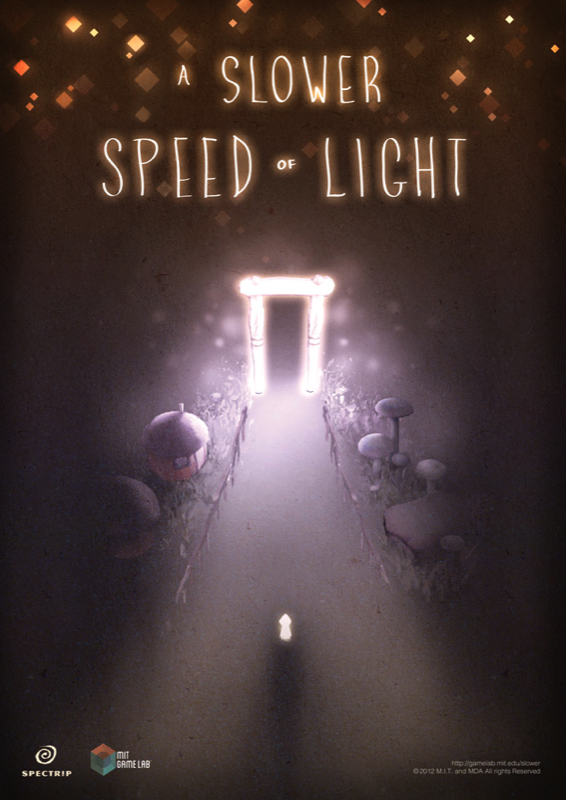
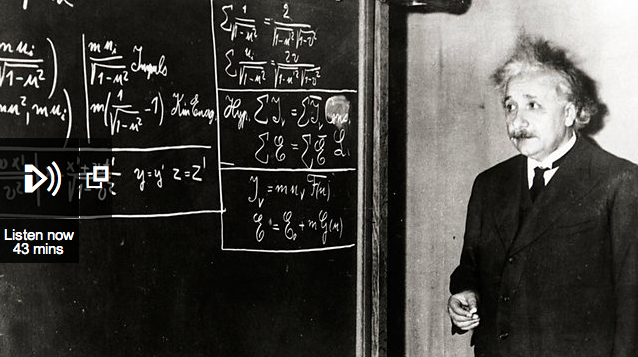
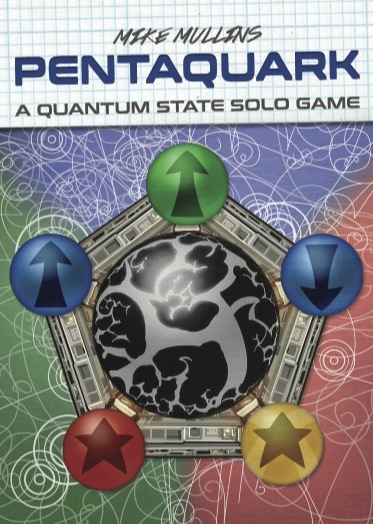

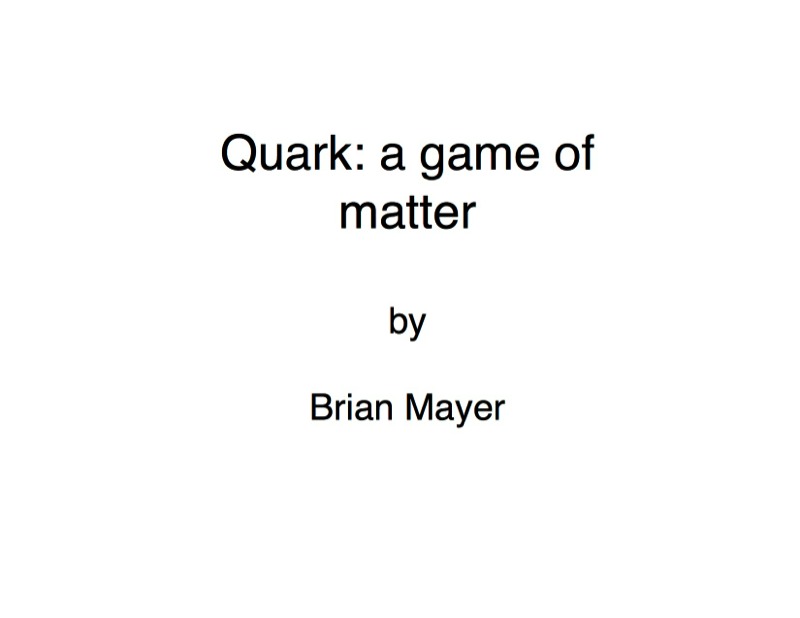
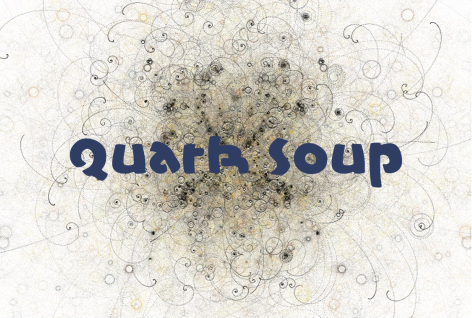
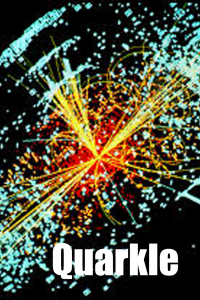



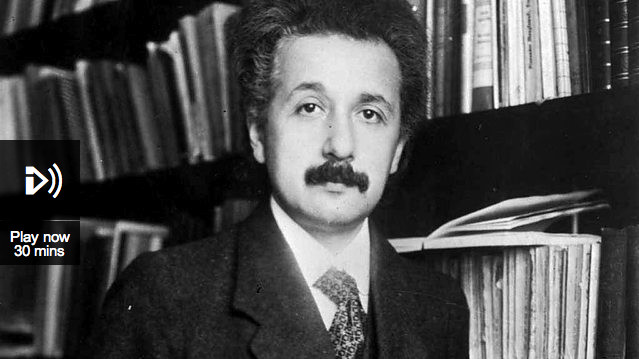


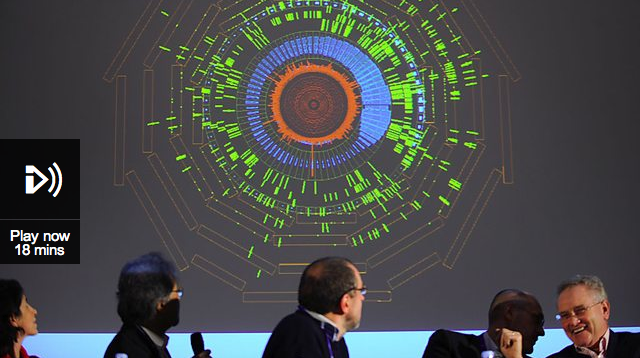
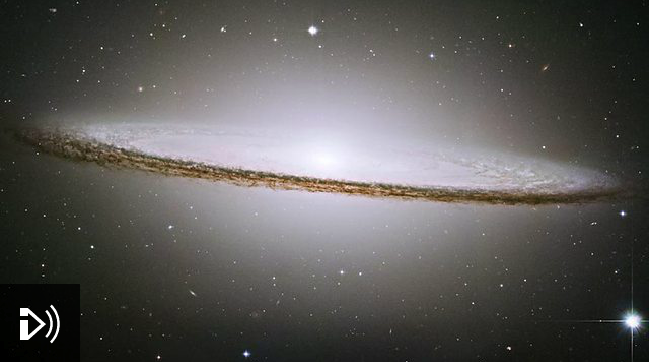


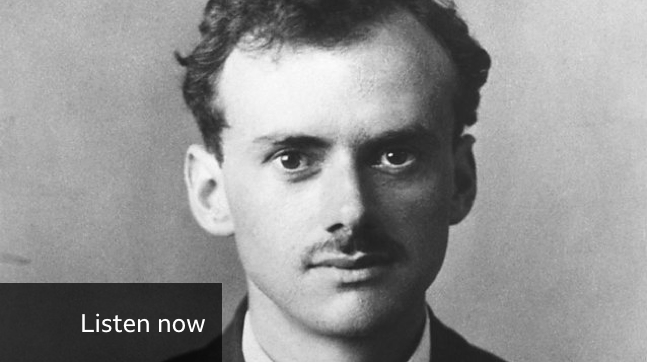


Teaching Science